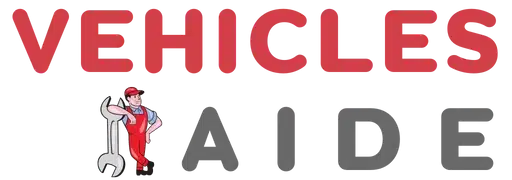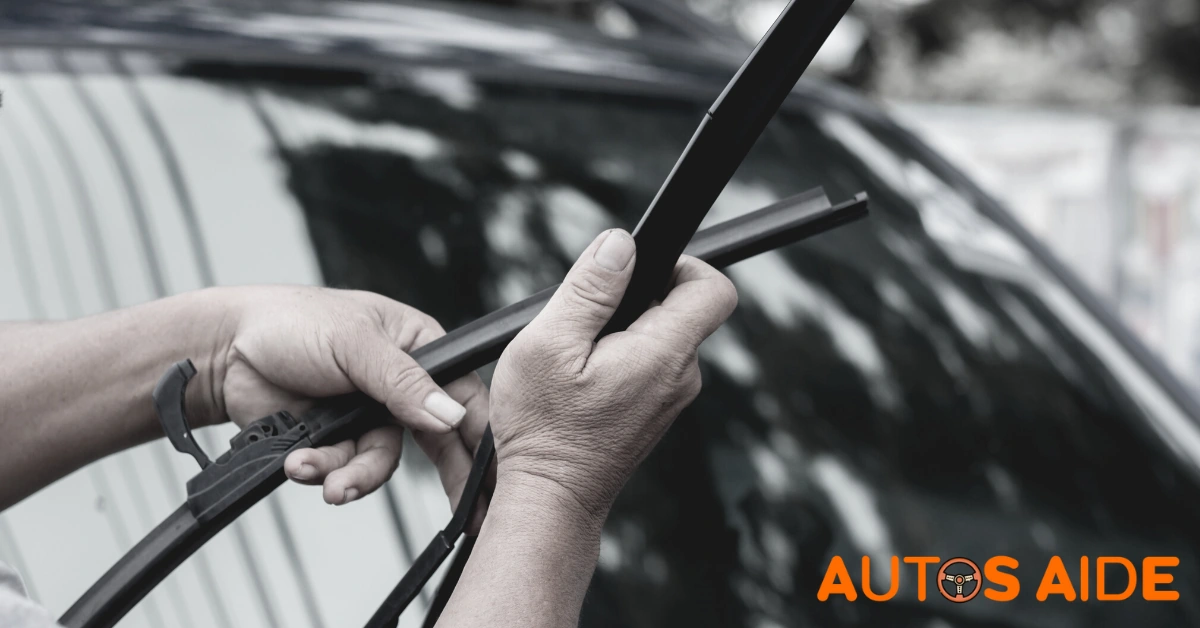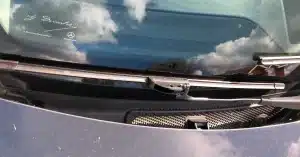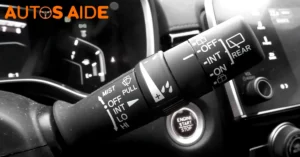Bosch and Trico should be familiar names to anyone who did 10/15 minutes of research to buy a new wiper for their car. These brands are heavily recommended because of their exquisitely engineered blades that can tackle the most hazardous weather conditions.
But your car only has room for one set of wipers. So, here’s my Trico vs. Bosch wiper blades analysis to help you determine the ideal wipers for your car. Take a sip of coffee and bear with me for the next few minutes. Here we go!
Read More: Rain X vs. Bosch Wiper Blades
Read More: Trico vs. Rain-X Wiper Blades
Trico vs. Bosch Wiper Blades
If you are familiar with my comparison articles, you would know that I prefer to compare two brands by comparing their best products. I will go down that road once again with my Trico vs Bosch battle royale.
My nominees are Bosch Icon from Bosch and Trico Maxx from Trico. Why did I choose them? Saying both of them are ‘’premium grade’’ wipers would be a lazy answer. I precisely picked them for their identical price point, similar pre-installed arm connectors, and efficient curvature management mechanisms.
But that doesn’t mean that these two blades are two sides of the same coin. They have their fair share of differences that set them apart. Let’s find out what they are.
Read More: Bosch vs. Duralast Wiper Blades
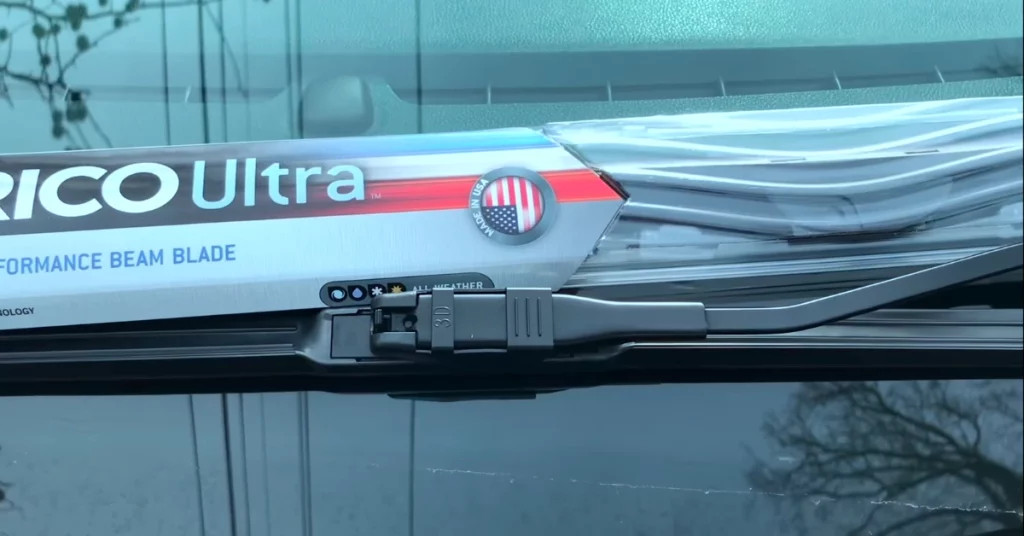
Read More: Trico Ultra Wiper Blades Review
Build Quality
Since these models represent the creme de la creme in their respective company’s wiper blade lines, it should not come as a surprise that they come with some signature technological gimmicks.
For instance, the Bosch Icon boasts FX Dual rubber-infused wiping blades that come with ClearMax 365” and QuietGlide technologies. These are basically fancy names for Bosch’s special wiper treatments that enhance the Bosch Icon’s cleaning attributes.
What does the Trico Maxx have to sell on the other end? Trico’s Aerofoil Vortec technology gives the Trico Maxx excellent aerodynamic properties. Why would you care about that? Because it will help the wipers fight off strong gusts of wind.
Trico Maxx has a Memory-Curved blade of steel underneath its rubber-coated surface. A sturdy steel frame is also at the core of the Bosch Icon, but the Maxx gets to wipe with superior efficiency because of its Memory-Curved steel structure.
The Trico Maxx also gets bonus points for its Z7-rich squeegees. Z7 is the industrial name of zirconium hydroxide particles, which can reduce wiping friction and allow for streakless wiping for prolonged periods.
So, I will say that Trico Maxx has a better build quality than the Bosch Icon.
Read More: Rain X vs. Michelin Wiper Blades
Frame Shape And Type
I’ve already talked briefly about Trico Maxx’s elegant aerodynamics. Its frame design has a lot to do with that. Trico’s mix of Vortec Aerofil and Memory Curve technology has been instrumental in Trico Maxx’s improved wiping performance compared to its predecessors.
The ultimate design goal was to maximize the contact area between the windscreen and the wiper blade. Thanks to the Trico Maxx’s durable but flexible beams, it can adapt to a wide range of windscreen shapes and sizes.
Bosch Icon’s design ambitions deserve their fair share of appraisal as well. The aerodynamics is pretty good, even though many reviewers and I felt that it could not match the aerodynamic finesse Trico reached with the Trico Maxx.
What did Bosch do to maximize windshield and wiper interaction? Bosch engineers have made use of the company’s patented Dynamic Fit technology that draws the air pressure downwards to keep the blades rooted in the windshield. They have also thrown in tension springs to give the windshields a better range of movement.
That said, I feel Trico Maxx aces this department as well.
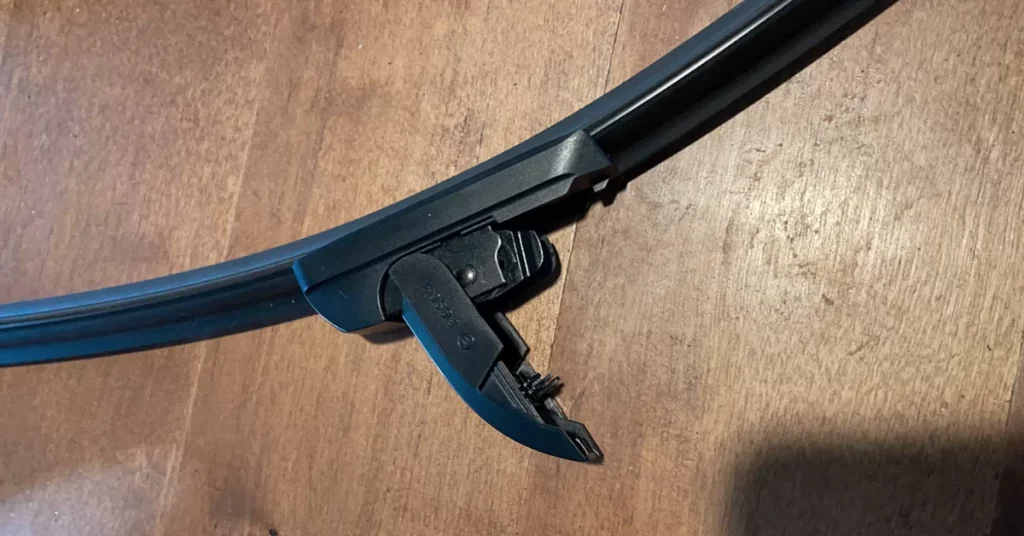
Weather Resilience
Mother Nature can throw quite a few curveballs at your car windshield wipers. How well-equipped are these two blades to withstand such adversities?
The Bosch Icon shields itself from blizzards, storms, and torrential rain with polymer coatings. It also does a good job of repelling heat and UV rays. But it’s unlikely to outlast a Trico Maxx. Why? Let me explain.
Do you recall the Z7 particle-infused squeegees we talked about earlier? Besides increasing wiping efficiency, the Z7 particles extend the lifespan of the blades by minimizing the effect of moisture on the wiper frame.
The synthetic rubber that graces the Trico Maxx frame is more suited to combat extreme temperatures, dirt, and UV exposure. So, the Trico Maxx once again comes out on top.
Read More: Anco vs. Trico Wiper Blades
Is Trico a good wiper blade?
Yes, Trico is a good wiper blade. Trico gold or premium wiper blades provide long-lasting performance and allow for a quieter and smoother blade operation. They fit well on most vehicle models and can handle different types of weather and climate. Additionally, they come in several sizes and are easy to install.
Are Bosch wiper blades any good?
Yes, Bosch wiper blades are perfect. Bosch has been a leader in the wiper blade industry for many years, and its blades are highly rated for durability and performance. The blades are made from superior quality materials resistant to corrosion and wear and tear, while the rubber blade construction ensures a quiet and smooth wiping action. Furthermore, they come in several sizes and are easy to install.
How long do Trico blades last?
The lifespan of a Trico wiper blade depends on several factors, such as exposure to weather, frequency of use and the variety of blade purchased. Generally, Trico blades can last anywhere from 6 months to a year, although the exact life expectance may vary. Furthermore, it is recommended that the blades be replaced sooner in areas with harsher weather conditions.
Final Opinion
Trico vs. Bosch wiper blades is one of the most one-sided comparisons I’ve ever done. Bosch is an excellent wiper blade brand, but Trico is even better in my book. The brand’s use of innovative technology to ensure prolonged durability and enhanced performance puts it ahead in the race.
